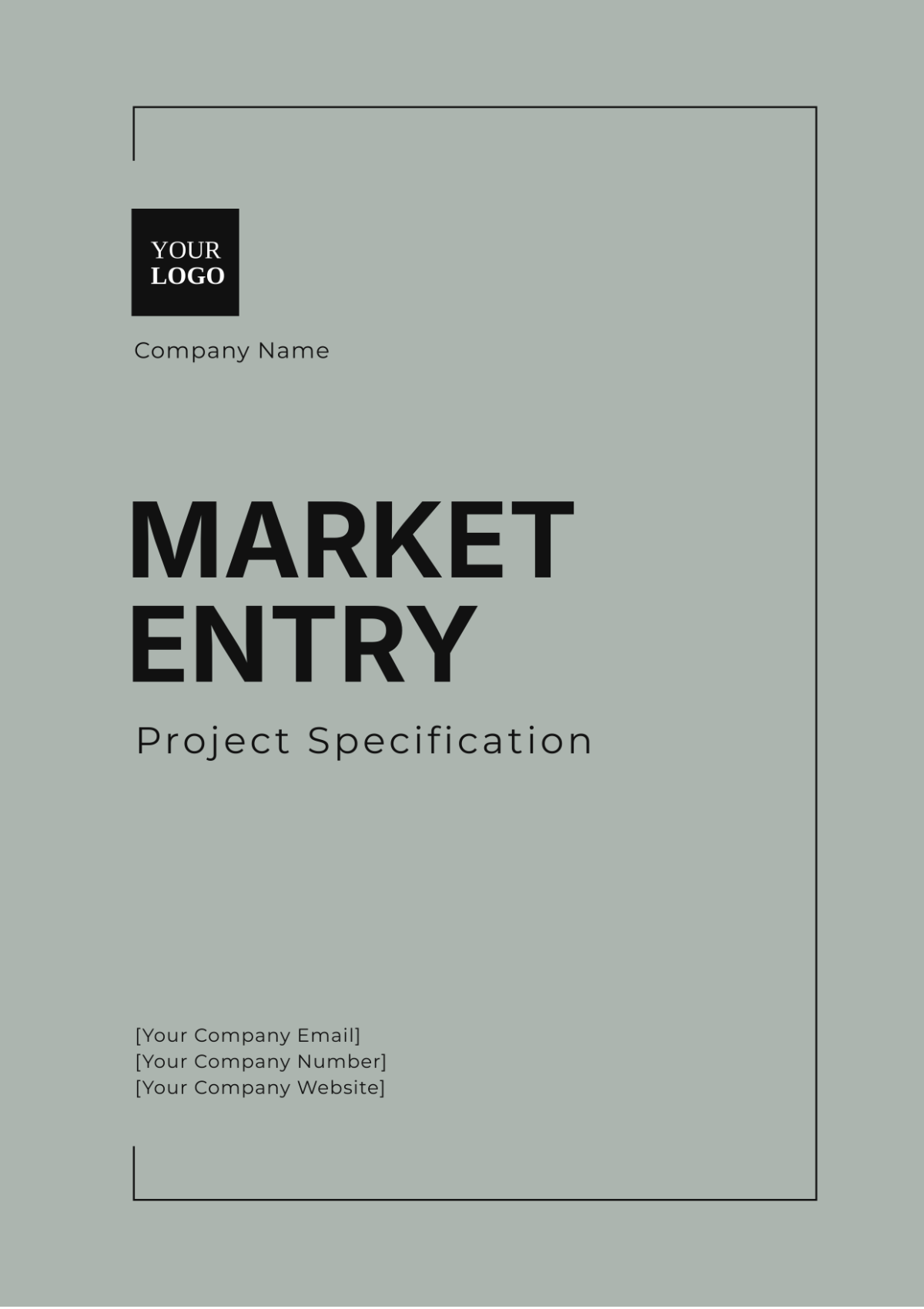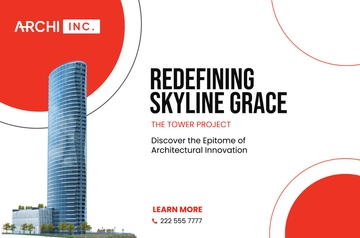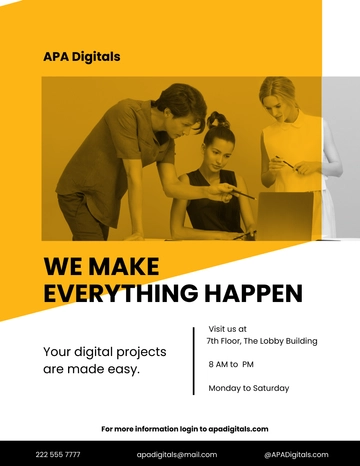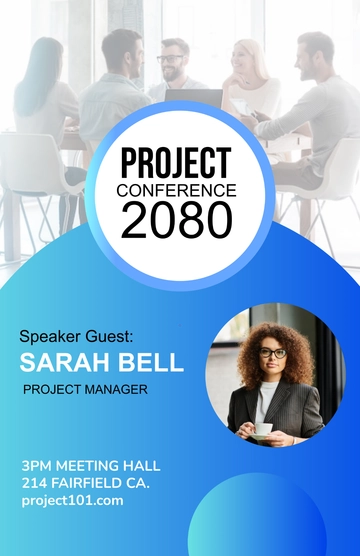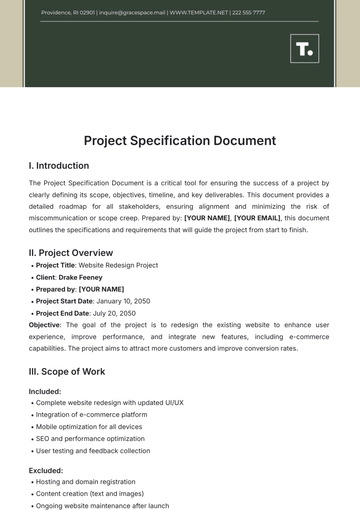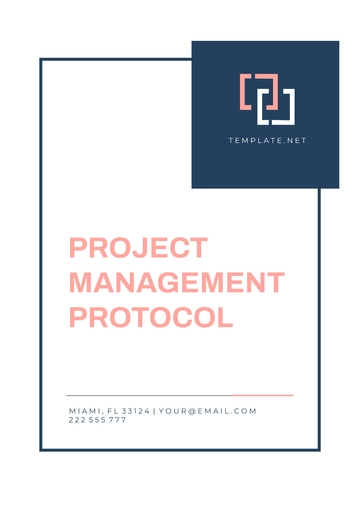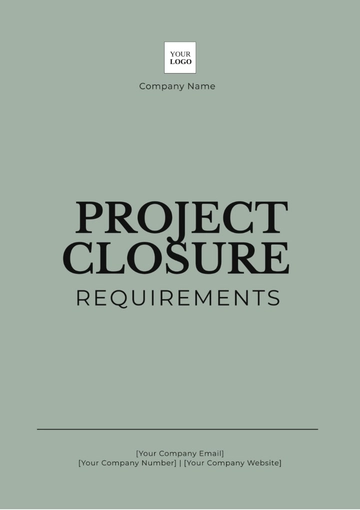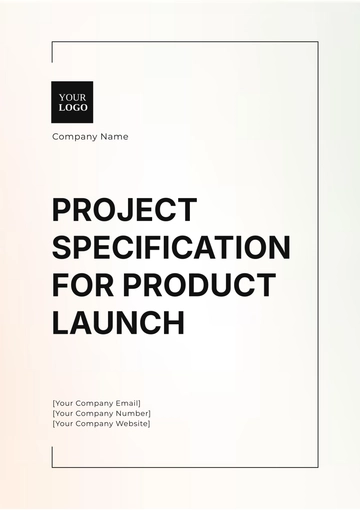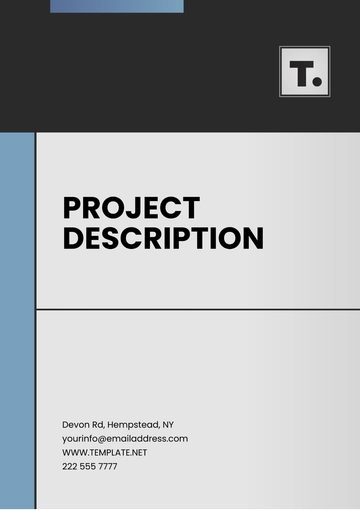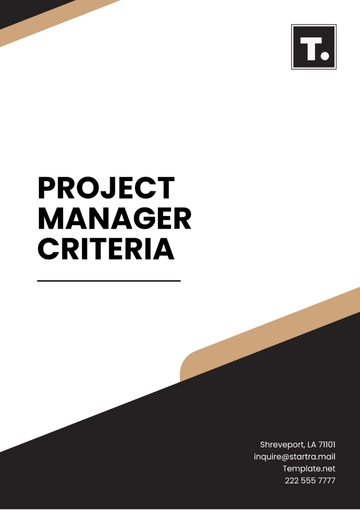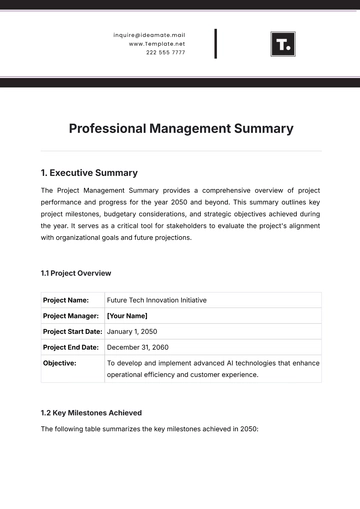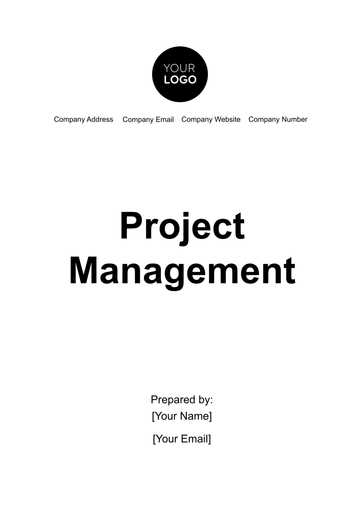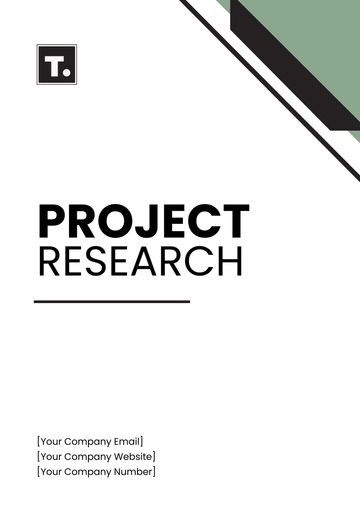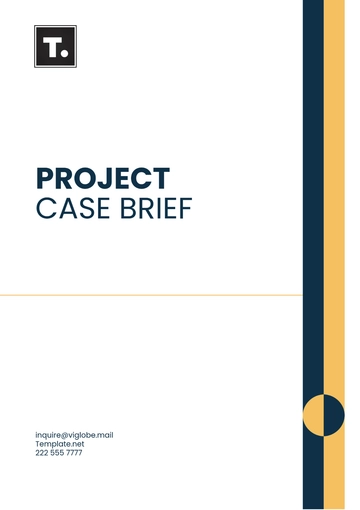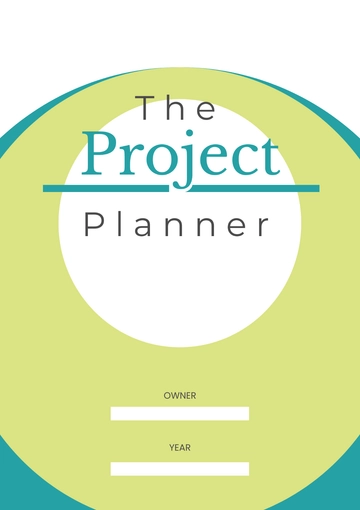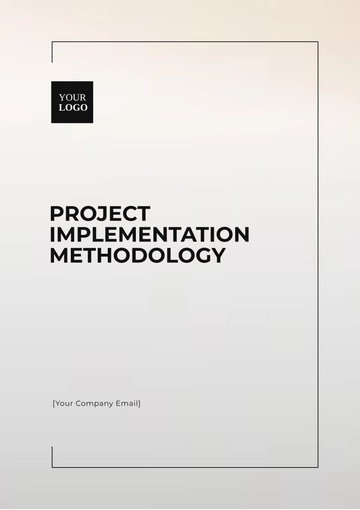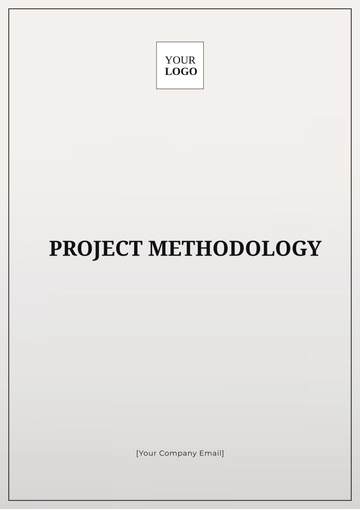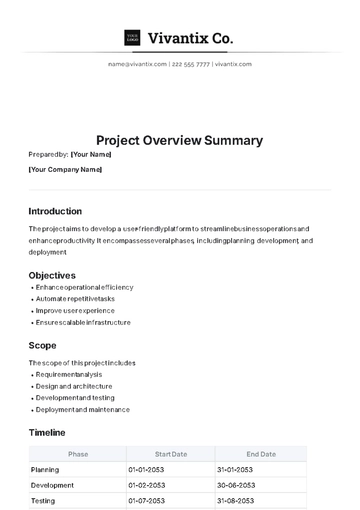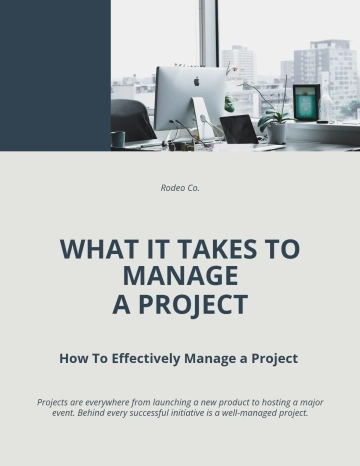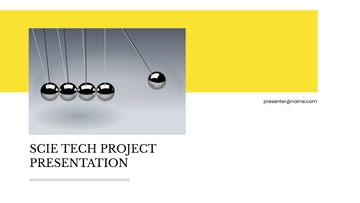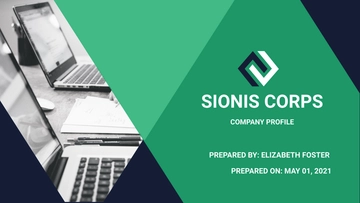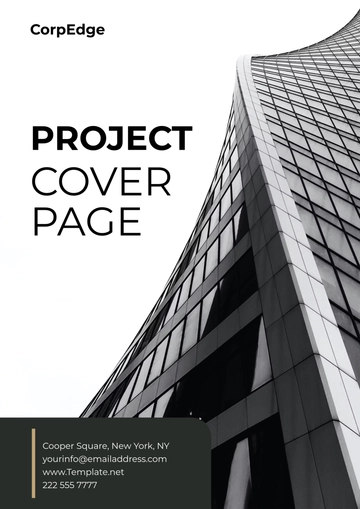Market Entry Project Specification
Prepared By: [Your Name]
Date: [Date]
I. Executive Summary
Objective: To outline the strategic approach for entering the Southeast Asian market, including goals, key activities, and expected outcomes.
Scope: This specification covers market analysis, entry strategy, operational plans, and financial projections for the new market.
Expected Outcome: Establish a strong brand presence in Southeast Asia and achieve a 5% market share within the first 18 months.
II. Market Analysis
A. Market Overview
Market Size: USD 15 billion
Growth Rate: 7% per year
Trends: Increased urbanization, rising disposable incomes, and growing digital connectivity.
B. Consumer Insights
C. Regulatory Environment
Regulations: Import tariffs of 5-10%, stringent product safety standards.
Licensing Requirements: Business permits, product certifications, and local representation.
III. Competitive Analysis
A. Competitor Overview
Major Competitors:
Company A: 30% market share
Company B: 25% market share
Company C: 15% market share
B.Competitive Positioning
Strengths: Established brand reputation, and extensive distribution networks.
Weaknesses: Higher price points, and limited product innovation.
C. SWOT Analysis
Strengths:
Weaknesses:
Opportunities:
Threats:
Intense competition
Regulatory changes
IV. Target Audience
A. Segmentation
Geographic: Urban centers in Thailand, Vietnam, and Malaysia.
Demographic:
Psychographic: Values sustainability, tech-savvy, and socially conscious.
B. Customer Needs
Pain Points: Lack of local availability for premium products, and high product costs.
Preferences: Quality assurance, eco-friendly packaging, and competitive pricing.
V. Entry Strategy
A. Market Entry Modes
Direct Exporting: Initial phase to test market response.
Partnerships: Joint ventures with local distributors.
Franchising: Explore franchising options for rapid expansion.
B. Strategic Goals
VI. Operational Plan
A. Logistics
B. Human Resources
Staffing Requirements: Hire 50 local employees, including sales, marketing, and customer support teams.
Training: Implement training programs focused on product knowledge and customer service excellence.
VII. Marketing and Sales Plan
A. Marketing Strategy
Brand Positioning: Position as a premium, eco-friendly alternative.
Advertising Channels: Digital marketing (social media, search engine ads), traditional media (TV, radio).
B. Sales Strategy
Sales Channels: E-commerce platform, partnerships with local retailers.
Pricing Strategy: Competitive pricing with introductory discounts to attract initial customers.
VIII. Financial Plan
A. Budget
Initial Investment: USD 5 million
Operating Costs: USD 2 million annually for the first 3 years, including salaries, marketing, and logistics.
B. Financial Projections
Revenue Forecast: USD 10 million in the first year, growing to USD 25 million by year 5.
Break-Even Analysis: Expected to break even by the end of the second year.
C. Funding Requirements
Funding Sources: Venture capital, strategic partnerships.
Funding Strategy: Seek USD 4 million in equity funding from investors.
IX. Risk Assessment
A. Identified Risks
Market Risks: Economic downturns, fluctuating consumer preferences.
Operational Risks: Supply chain disruptions, regulatory compliance challenges.
B. Mitigation Strategies
X. Implementation Timeline
A. Project Phases
Phase 1: Market Research - January 2050 to March 2050
Phase 2: Entry Strategy Development - April 2050 to June 2050
Phase 3: Market Launch - July 2050 to December 2050
B. Milestones
Milestone 1: Complete market research by March 2050
Milestone 2: Finalize entry strategy by June 2050
Milestone 3: Launch product in target markets by December 2050
Project Specification Templates @ Template.net
